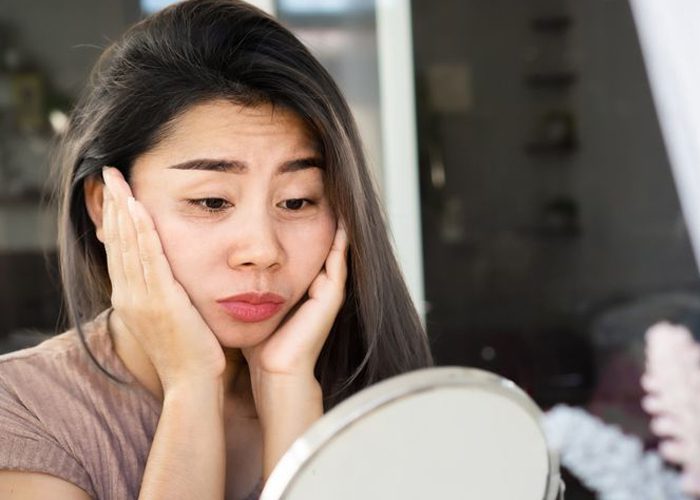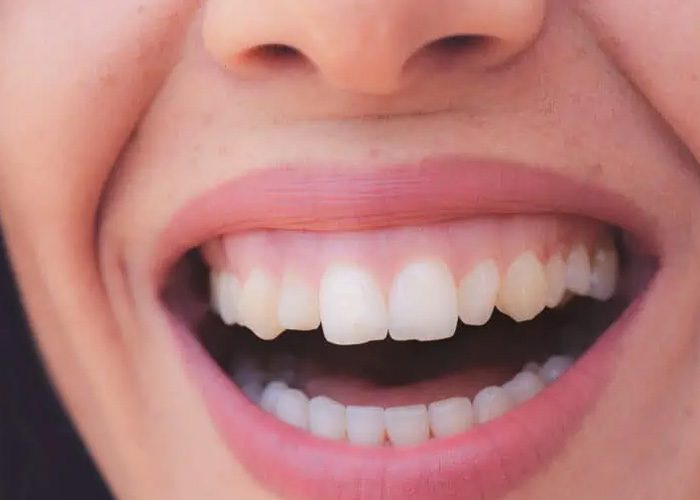Botox, or botulinum toxin, has advanced well beyond its original use as a cosmetic treatment for wrinkles. Now, the therapeutic benefits of this treatment are acknowledged in the medical and dental fields. Botox can address issues such as jaw pain, teeth grinding, and aesthetic concerns like smile lines, frown lines, and gummy smiles.
Botox for Jaw Pain and Teeth Grinding (Bruxism)


Bruxism, commonly known as teeth grinding, is a condition where individuals unconsciously grind or clench their teeth, particularly during sleep. This can result in jaw pain, headaches, worn teeth, and even temporomandibular joint (TMJ) disorders.
Botox is an effective option for easing the muscle tension linked to bruxism. It is injected into the masseter muscle (the primary muscle involved in chewing) to reduce pressure and grinding force. The decreased masseter muscle activity often leads to a noticeable slimming effect on the jawline. Patients typically experience relief from jaw pain and reduced grinding in about one week, lasting 3 to 6 months.
Botox for Smile Lines and Frown Lines


As we age, it’s common to notice smile lines and frown lines. These lines develop as a result of frequent facial expressions and the natural decrease in skin elasticity.
- Smile Lines – Nasolabial folds, also known as smile lines, are the creases that extend from the sides of the nose to the corners of the mouth and often result from smiling or other facial movements.
- Frown Lines – These are the vertical lines that appear between the eyebrows when you frown or squint.
By temporarily paralyzing the muscles responsible for these expressions, Botox can help to smooth out and soften these lines to create a more youthful appearance. The effect can last for 3 to 6 months.
Gummy Smiles


A gummy smile occurs when an excessive amount of gum tissue is visible when smiling. Botox is injected into the muscles to elevate the upper lip to weaken muscular activity. This reduces the lifting of the lip and thus reduces the amount of exposed gum when smiling. The effect can be seen within a few days and can last for 3 to 6 months.
What to Expect for Botox Treatment
Botox treatments for any of the conditions mentioned above are quick and non-invasive. Anesthesia is not necessary and it does not require downtime and can be completed within 30 minutes. Patients are able to resume their normal activities following the procedure.
While Botox is generally safe, some patients may experience mild side effects such as bruising, swelling at the injection site, headaches, or temporary muscle weakness in the treated area. These side effects typically go away on their own in a few days.
Botox has emerged as a versatile treatment option for both aesthetic enhancement and relief from dental conditions such as relieving jaw pain caused by bruxism, reducing facial lines and enhancing gummy smiles. Consult with a doctor to learn more about how Botox treatment can be customized to meet your specific needs and enhance both your comfort and appearance.

 Book an Appointment
Book an Appointment


